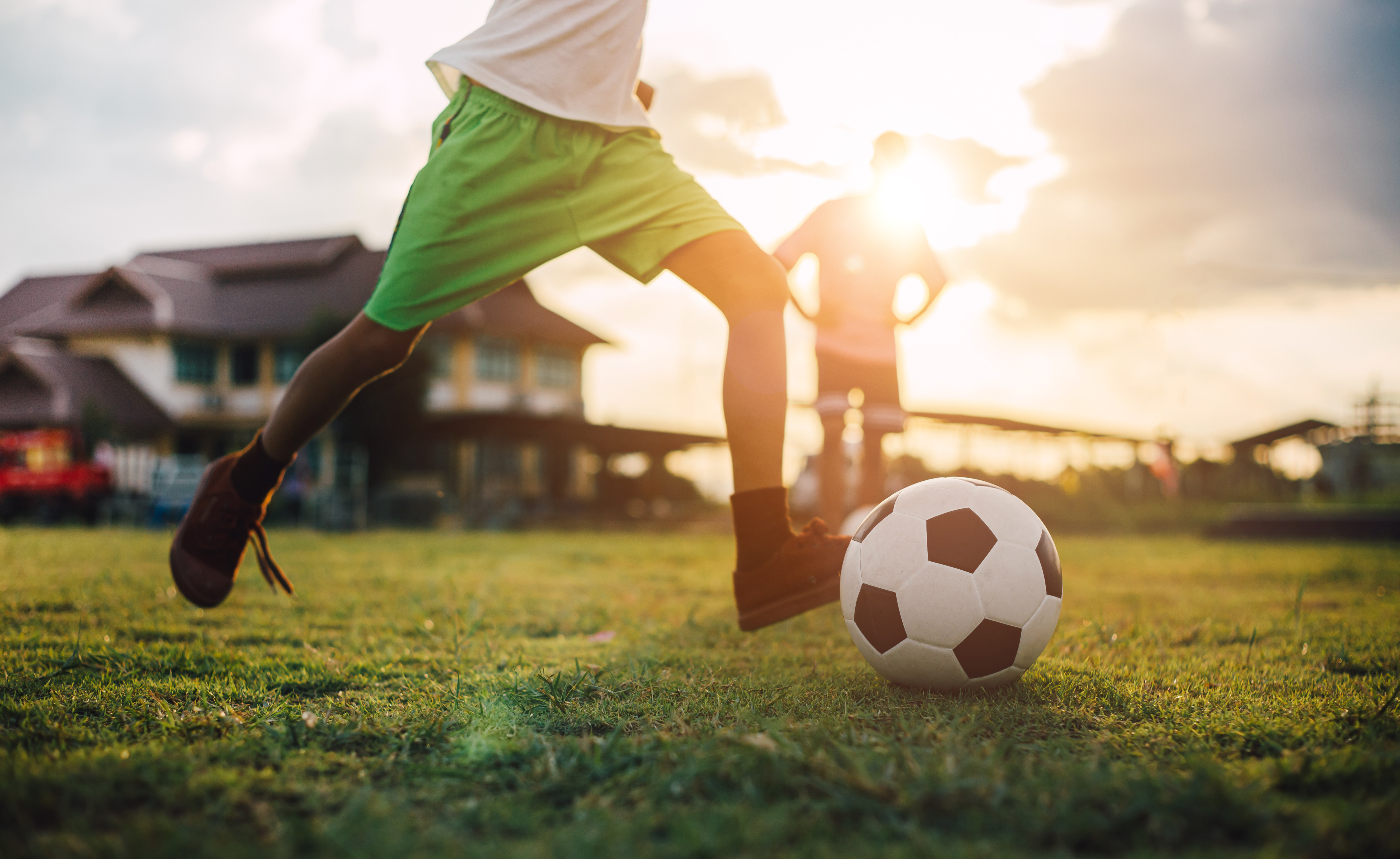
In an article published in The Conversation, experts offered tips to reduce pain in pediatric patients with juvenile idiopathic arthritis. The experts explained that the disease—which causes joint pain, stiffness, and inflammation as well as muscle weakness—can be managed with immunosuppressant and biologic agents. However, these treatments can lead to side effects such as an impaired ability to fight infections. When flare-ups occur, the symptoms may impact patients’ social development, independence, focus, school attendance and participation, and future employment as well as lead to feelings of isolation and a lack of social connectivity. Contrary to common misconceptions, engaging in regular physical activity can support the social and mental needs of patients with juvenile idiopathic arthritis. Prior research has demonstrated that a lack of physical activity may decrease bone and muscle strength and quality of life in these patients, whereas regular physical activity can improve their physical health and quality of life. The experts advised patients with the disease to achieve at least 1 hour of physical activity per day. They hope that new studies can help establish evidence-based policies that adults can use in school environments to help patients with juvenile idiopathic arthritis better tackle disease challenges and thrive. The experts underscored that these patients should consult their physicians to establish safe and effective exercise strategies that suit their individual needs and empower them to better navigate life with juvenile idiopathic arthritis.